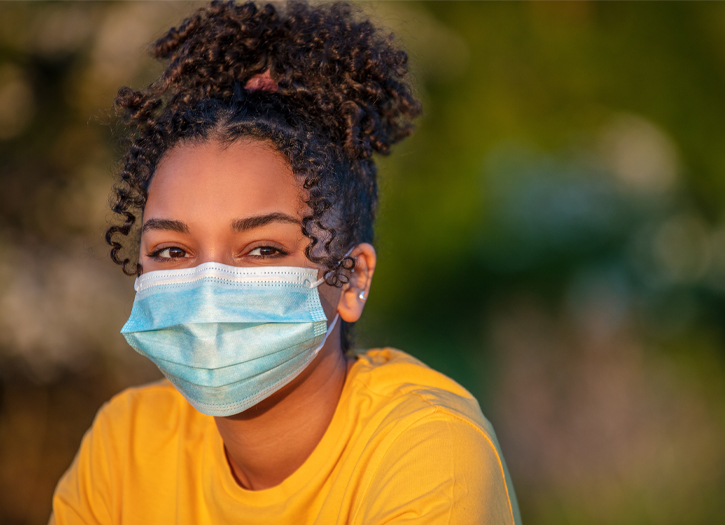The COVID-19 pandemic in the United States has had far-reaching consequences in the country that go beyond the spread of the disease itself and efforts to quarantine it, including political, cultural, and social implications.
To encourage residents to remain at their homes in order to suppress the spread of the virus, most U.S. states (either state-wide or phased in on a county-by-county basis) began to impose “stay-at-home orders” from mid-March onward. These orders typically restricted any public “gatherings”, and mandated the closure of entertainment and recreation venues (including bars, casinos, fitness facilities, theaters), dine-in restaurants (although take-out and delivery service could still be offered), and other “non-essential” retail businesses. Certain types of businesses were usually allowed to remain open (subject to social distancing guidelines), including food stores ,pharmacies, financial institutions, critical infrastructure, and mass media.
In late April 2020, pressure increased on states to remove economic and personal restrictions. On April 19 the Trump administration released a three-phase advisory plan for states to follow, called “Opening Up America Again”. Protests calling for an end to restrictions were held in more than a dozen states.Governors in several states took steps to re-open some businesses the last week of April, even though they did not meet the benchmarks set out in the federal guidelines. Trump alternately encouraged and discouraged the reopening actions. The CDC prepared detailed guidelines for businesses, public transit, restaurants, religious entities, schools and other public places .
As of April 10, 2020, most American public and private schools—at least 124,000—had closed nationwide, affecting at least 55.1 million students. By April 22, school buildings had been ordered or recommended to be closed for the remainder of the academic year in 39 states, three territories, and the District of Columbia. As schools shift education to online learning, there are concerns about student access to necessary technology, absenteeism, and accommodations for special needs students .The American Public Transportation Association issued a request for $13 billion in emergency funding from the federal government to cover lost revenue and other expenses incurred by the pandemic. USA Today reported in mid-April that demand for transit service was down by an average of 75 percent nationwide, with figures of 85% in San Francisco and 60% in Philadelphia.
More than 38,000 people were detained by U.S. Immigration and Customs Enforcement (ICE) at the time of the outbreak of COVID-19 in the United States. ICE’s response to the outbreak in detention facilities has been widely characterized as substandard and dangerous. Detained people have reported that they are being forced into unsafe, unsanitary, and harmful conditions. Serious irregularities in ICE’s testing data have been reported, while ICE has blocked coronavirus testing information at its facilities from being released to the public.
Similar trends have been seen in regions with sizable African American populations, especially in Deep South states such as Alabama, Georgia, and Louisiana (which reported on April 6 that 70% of its reported deaths had involved African Americans); in Michigan (33% of cases and 41% of deaths as of April 6); in the city of Richmond, Virginia (48% of the city population, 62% of cases, and 100% of its eight deaths as of April 15) and the city of Chicago, Illinois (1,824 of its 4,680 confirmed cases and 72% of deaths as of April 5).
On February 21, Verizon pulled out of an RSA conference, along with AT&T and IBM. On February 29, the American Physical Society cancelled its annual March Meeting, scheduled for March 2–6 in Denver, Colorado, even though many of the more than 11,000 physicist participants had already arrived and participated in the day’s pre-conference events. On March 6, the annual South by Southwest (SXSW) conference in Austin, Texas, was cancelled after the city government declared a “local disaster” and ordered conferences to shut down for the first time in 34 years. The annual festival, which has attracted some 125,000 people over two consecutive weekends, is insured only in the event of a force majeure cancellation such as one ordered by local or state government officials. Estimates on an insurance payout range from $150 million to $200 million.







Add Comment